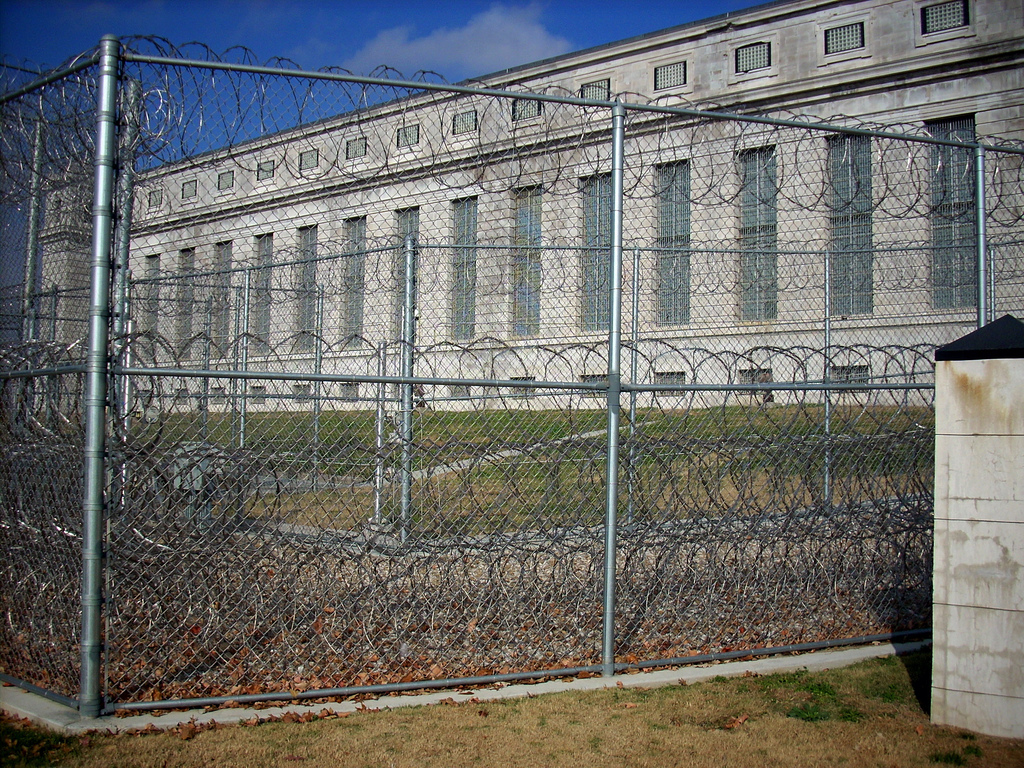In the November 2018 midterm elections, Floridian voters passed an amendment restoring the voting rights of convicted felons. As a result, over a million Floridians, primarily men of color, will regain their right to vote. Prior to the passage of the amendment, 21% of the black population in Florida had been barred from the polls due to their criminal records. This means that, in future elections, the eligible voting population of Florida will be far more diverse (and far more representative of Florida’s actual population). Expanding voting rights is equivalent to expanding civil rights. This measure was a huge step in the right direction toward a more just and democratic society, and it raises the following question: why were felons deprived of their right to vote in the first place?
In the United States, felons typically lose their right to vote once they are imprisoned. In fact, 48 states revoke voting rights from incarcerated individuals and only two states, Maine and Vermont, allow people to vote while in prison. These two states are exceptional not only because of this measure, but also because of a number of other significant differences. They are the 42nd and 49th least populated states and both have population densities significantly below the national average. Yet, the most telling statistics separating Maine and Vermont from other American states are their demographics; Maine and Vermont are the whitest states in America, both with percentages of white Americans greater than 96%.
It is not controversial to say that the American criminal justice system is heavily racialized. Black Americans make up only 13% of the population, but comprise 34% of the American prison population. Thus, the fact that the two whitest states are also the two states with the greatest legal protection of the enfranchisement of felons comes as no surprise. By contrast, of the 10 states with the highest percentages of Black citizens, eight have laws restricting felons from voting even after their release from prison. These laws, in effect, serve to disenfranchise formerly incarcerated individuals either until they complete parole and/or probation or indefinitely.
In even the most progressive of communities, the initiatives proposed tend to be about lifting restrictions on felons only after they complete their sentence. Yet, this alone is not enough to counteract the racially targeted nature of restrictive voting laws for convicted criminals. Black Americans receive, on average, 19% longer prison sentences than white Americans for committing the same crime. As a result of these factors, waiting until prisoners complete their sentence to restore voting rights favors the vote of white felons over that of felons of color.
Furthermore, the process of so-called “prison gerrymandering” unfairly gives power to the communities where prisons are located and takes power away from the communities where prisoners come from. This is because the census counts incarcerated people as residents of the county in which they are incarcerated, not the county in which they actually reside. This data is then used to draw electoral maps. Since most prisons are located in rural areas, this gives disproportionate electoral power to these primarily white and rural communities while taking voting power away from the more diverse and urban counties that most prisoners come from. In Illinois, 60% of the state’s prisoners come from Cook County (Chicago) but 99% of these prisoners are counted elsewhere. In Texas, a rural district is nearly 12% percent prisoners, meaning that 88 of this county’s residents are represented in the State House as if they were 100 people living in a more urban and diverse area like Dallas or Houston. By not letting prisoners vote, the communities that these prisoners come from are being unfairly stripped of voting power.
Outside the US, allowing prisoners to vote is fairly common. In countries like Sweden, Canada, Finland, Switzerland, Denmark, and Ireland, prisoners maintain their vote while in prison, regardless of their crime. All of these countries have significantly lower incarceration rates and overall crime rates than the US. While prisoners maintaining their right to vote cannot be attributed as the sole or even primary reason for either of these facts, the US’s adoption of this policy would be a step toward achieving greater justice.
Granting prisoners the vote is a crucial step our country must take in order to become a more racially equitable society. It should be seen as a first step in a series of many steps that must be taken to mend our broken prison system.
Photo: No-Person’s Land
